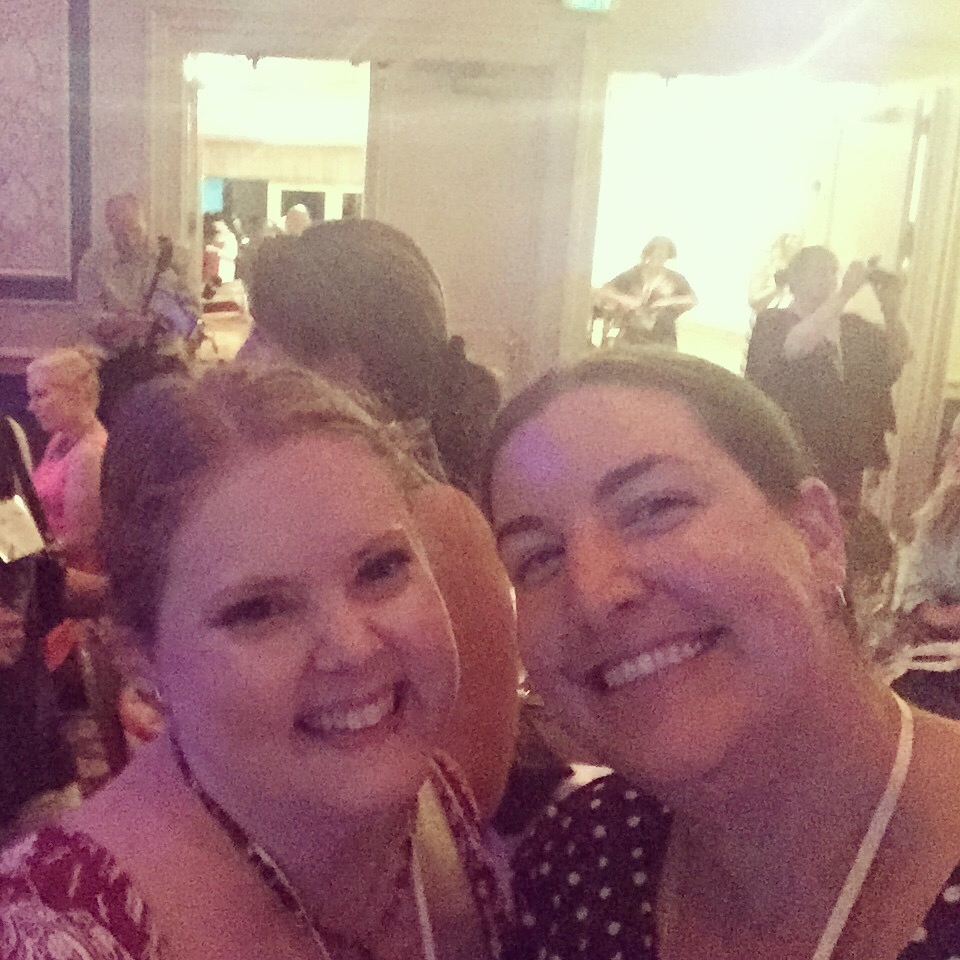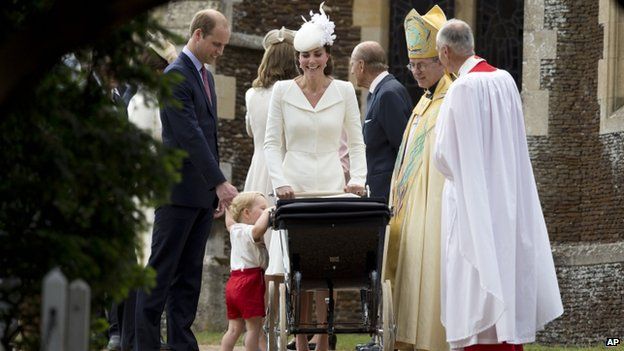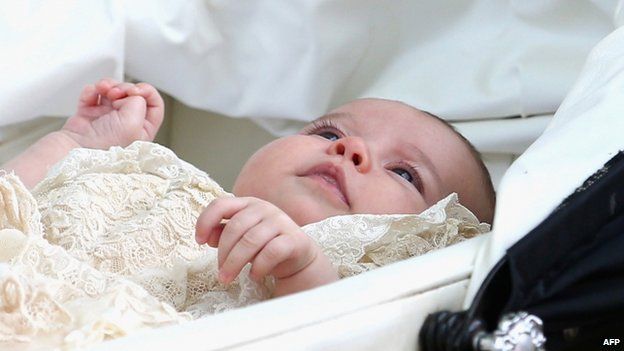Yesterday, I wrote about the ADA as it celebrates 25 years, and what it's meant to me, personally, as well as what still needs to be fixed.
Today, I'm going to write about a specific segment of life and the ADA: churches. Specifically, Catholic churches and schools.
The ADA mandated that buildings erected after the law went into effect had to be what we call "handicapped accessible," meaning people who use wheelchairs or crutches or what have you could access them. But, like this piece in the Cleveland Plain Dealer says, it didn't say how that had to happen. And sometimes it could be a little ridiculous.
At my school, for example, there were ramped entrances--but you couldn't access the second floor of the building, where the 3-8 grade classrooms were. The bathrooms weren't handicapped accessible. One of the girls' restrooms on the first floor required going down a short flight of stairs to get to it. This is the sort of thing that made one ponder common sense--didn't the builders of the school ever think someone might be injured and need an elevator to get to class? Or, at the very least, make the first floor of a building all one level? What sense does it make to have to go down three stairs to get to the bathroom?
(This strange phenomenon I've also seen in older public schools. What was this about, architects?)
In the many churches I've been in, only a few have had dedicated spaces for wheelchairs in the sanctuary, and no, open space at the back of the church doesn't count. I've seen one handicapped accessible confessional in my entire life.
Some church restrooms might have grab bars, but how would a person get into the bathroom? There's no button to push, and the maneuverability required to get in is truly amazing. I was a member at a parish where to get to the bathroom, one had to open a door, which led to a very small hallway, then open another door to get to the bathroom. How is a disabled person supposed to do all this that in a space that's probably not wide enough for a stroller?
Doors that separate the vestibule from the sanctuary--are they handicapped accessible? Most likely not. Sure, they might be propped open, but what if they're not? (My church, not to brag, is really good about this. We have handicapped accessible switch plates on the outside doors and inside doors.)
We've all seen churches that hide their handicapped entrances so well that it's like a scavenger hunt for someone to get in. Couldn't we make God's house a tiny bit easier to access? We've already talked about handicapped parking spaces, and these are especially important in a place like church.
I've never been to a church that provides homily notes, and I'd like those a lot. Some churches have telecoil systems installed that can help people with hearing aids, or even CIs like mine, if you have the right equipment or programs on your processor. But homily notes on websites would be nice, as would appropriate speaker systems, so everyone can hear. Use the microphones, guys! Also, bulletins in braille? I've never seen that. Does that even exist? Or hymnals or missals in braille? Never seen those, either. (Assuming there's a demand for it....I mean, I'm guessing there are a few blind Christians? :) )
The worst, though--and I hate to say this--are Catholic schools. Very few of the ones I know provide appropriate help/accommodations for physical or intellectual disabilities. The thought is that if you need those services, you have to go to your public school. What does that mean for parents who want their children to have a Catholic education? Homeschooling, I suppose.
Here are two excerpts from a local, independent Catholic school's handbook (Independent meaning they aren't part of the diocesan school district):
“ [Name of school] does not have the resources to provide evaluation and intervention services. Referrals will be made to the student’s district of residence.
[Name of school] does not have the facilities for students with serious disabilities.
”
So, if you have a child that might be in a wheelchair, or needs additional services--sorry, you can't send your kid here. (And also, who defines "Serious disabilities"? Ten bucks says it's not a medical professional... )
(In a quick look around of my diocese's school district website, I couldn't find anything on accommodations for disabled students. My elementary school did provide intervention services, and I know they've beefed this up since I graduated. So this is an area where strides are being made.)
This isn't something that's just limited to elementary schools. No one will make the argument that there's an overflow of orthodox Catholic colleges. So the fact that one of them, Wyoming Catholic College, can make being physically in shape--and in good shape--part of their admissions program is reprehensible to me.
The following is from their website:
“I am disabled and cannot participate in the Outdoor Leadership Program (OLP). Can I still attend WCC?
A
Unfortunately, the College cannot accept students unable to meet the physical demands of the OLP, which is an integral part of the College’s academic program. An applicant who is denied medical clearance cannot be accepted into WCC.”
This makes me angry. Really angry, actually. WCC has a reputation of being a top-notch, orthodox Catholic college--and I wouldn't have been able to attend. Nor could anyone else who has, say, cerebral palsy, or is blind, or has any other number of physical disabilities. We can't attend because the school has a program that is unaccessible to anyone who wasn't blessed with good health and physical ability.
I realize that they are a private school, and have the right to impose standards for admission, just like all colleges do. But the fact that a Catholic School--which serves a God who accepted everyone, no matter their physical ability--has standards like this, is maddening. Truly, deeply maddening. Maybe if there was an abundance of excellent Catholic colleges, this wouldn't be so bad. But there isn't. And this isn't just a standard like a GPA, or an ACT/SAT/AP test grade for a scholarship. This is a line about basic physical ability.
Public schools can't have standards like this, because they receive federal money, and thus they're prohibited from doing it by the ADA. But when did Catholic schools become places for only the super- intelligent and able-bodied? I realize that funding is an issue. I'm not naive. But shouldn't the message be that however God created you, there is a place in our school--which has Christ as its reason for existence?






































































